Nappage Technique is a surgical technique used in skin grafts where a thin layer of donor skin is placed over burned areas of skin for improved cosmetic results. This technique was first developed in the mid-20th century by French dermatologist Dr. Pierre-Francois Remen. The Nappage Technique works by transferring a thin layer of donor skin to the injured area that allows for grafting of more complicated burned skin areas. This procedure aims to reduce the amount of scarring or contracture seen in burn victims due to the healing and contraction of burned skin. The patient’s skin is shaved to a uniform thickness and the donor skin is applied with that same thickness. The donor skin may be transferred from another part of the body or from an allograft donor. Once transferred, the donor skin is placed on top of the burned area, allowing for a more uniform and natural-looking result. The donor skin is stitched or glued down, offering additional protection from infection as well as improved mobility of the damaged areas. Complications are rare, but may include infection, delayed wound healing or dehiscence at the donor site. The Nappage Technique provides a good quality and lasting result for burn victims. It may even be used in combination with other reconstructive techniques for maximum aesthetic results. With the Nappage Technique, reconstructive surgeons can ensure improved cosmetic and functional recovery, leading to improved quality of life.
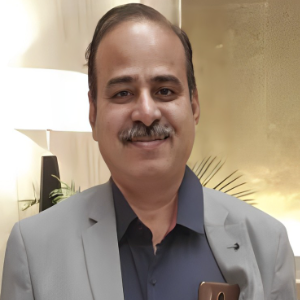
Ravi M Rathod
KMCRI, India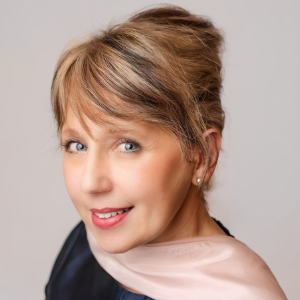
Dechelette Corinne
La Peau Autrement, France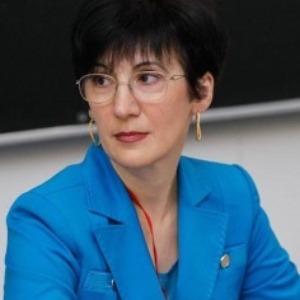
Irina Sergeeva
Novosibirsk State University, Russian Federation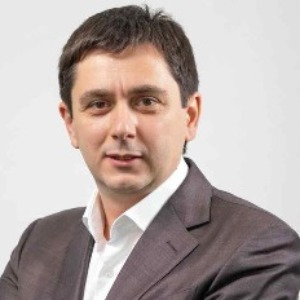
George Sulamanidze
Plastic Surgeon at Clinic of Plastic and Aesthetic Surgery and Cosmetology TOTALCharm, Georgia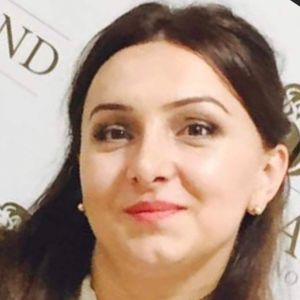
Nino Tsamalaidze
Ltd Karabadini+, Georgia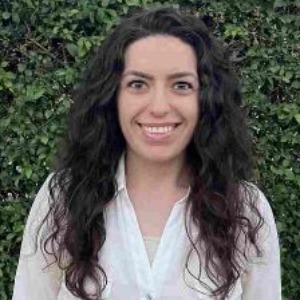
Lina Petrossian
California University of Science and Medicine, United States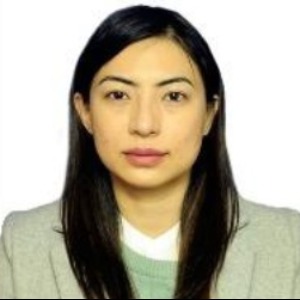
Surajbala Khuraijam
Manipur Health Services, India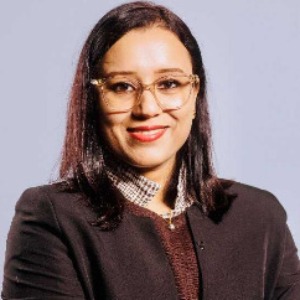
Shrutimita Pokhariyal
Symbio, India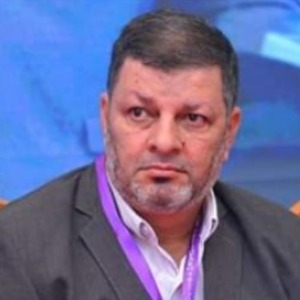
Yasser Mohammed Hassanain Elsayed
Egyptian Ministry of Health, Egypt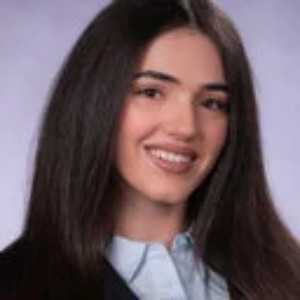



Title : Paraneoplastic Autoimmune Multiorgan Syndrome or PAMS: Paraneoplastic pemphigus revisited
Sergei A Grando, University of California Irvine, United States
Title : Modern non-invasive methods for in vivo assessment of skin
Georgios N Stamatas, SGS, France
Title : Personalized and precision dermatology through the view of biodesign-inspired translational & data-driven applications: Revolutionary skin treatments for every concern in clinical dermatology integrating skin care experts and consumers
Sergey Suchkov, N.D. Zelinskii Institute for Organic Chemistry of the Russian Academy of Sciences, Russian Federation
Title : The next generation of threads: Lifting, volumization, and biostimulation in one powerful triple action
George Sulamanidze, Plastic Surgeon at Clinic of Plastic and Aesthetic Surgery and Cosmetology TOTALCharm, Georgia
Title : Lymphoproliferative diseases in the practice of a dermatologist
Irina Sergeeva, Novosibirsk State University, Russian Federation
Title : Art, skin, and dermatology: Interdisciplinary perspectives
Dechelette Corinne, La Peau Autrement, France
Title : Comparative efficacy of omalizumab and dupilumab in children with Chronic Spontaneous Urticaria (CSU): A retrospective cohort analysis
Molynna Nguyen, University of Toledo, United States
Title : "Mirror mirror on the skin” — A low-cost community strategy to reduce melanoma disparities in Washington, D.C.
Kayla Sampson, Georgetown University School of Medicine, United States
Title : Vitiligo: Not just an aesthetic disorder
Mateja Starbek Zorko, University Medical centre Ljubljana, Slovenia
Title : Personalized and Precision Medicine as a unique avenue to have the healthcare model renewed to secure the national biosafety: Advanced skincare solutions in individualized cosmetology, reconstructive plastic surgery and the modern beauty
Sergey Suchkov, N.D. Zelinskii Institute for Organic Chemistry of the Russian Academy of Sciences, Russian Federation